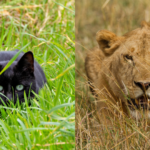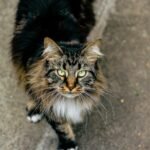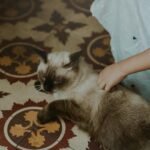Have you ever wondered if your cat feels things just for you? That special spark in their eyes, the way they curl up by your side, or even the way they greet you after a long day—these moments can be incredibly touching. While cats are often known for their mysterious and independent nature, there’s a hidden world of emotions they reserve only for their chosen person. From soft head-butts to secret vocalizations, these feline gestures reveal a depth of affection and loyalty that is both surprising and heartwarming. Get ready to discover the secret emotional language your cat speaks only with you, and prepare to see your furry companion in a whole new light.
Delighted Tail Quivers

Have you noticed your cat’s tail quivering ever so slightly when you walk into the room? This isn’t just a random movement. When a cat’s tail stands tall with a gentle quiver, it’s a sign of pure excitement reserved only for their favorite human. It’s their way of saying, “I’m so happy you’re here!” Unlike the aggressive puffed-up tail, this quivering is soft, subtle, and filled with positive energy. Think of it as your cat’s version of a warm, enthusiastic wave. This reaction is rarely shown to strangers or casual visitors. The next time you see your cat’s tail quiver, remember—you’re witnessing a secret feline celebration just for you.
Exclusive Head Butts

Head butting, or “bunting,” may look odd to those unfamiliar with cats. Yet, when your cat presses their forehead gently against you, it’s an unmistakable sign of deep trust. This isn’t something they do for everyone—it’s an emotional gesture saved for their person. Cats have scent glands on their heads, so when they bunt you, they’re marking you as family. This can feel like receiving a loving hug from your feline friend, a moment of pure connection. It’s a greeting, a bonding ritual, and an emotional statement all in one. If your cat does this, cherish it—it’s their way of saying, “You’re mine, and I love you.”
Slow Blinking of Affection
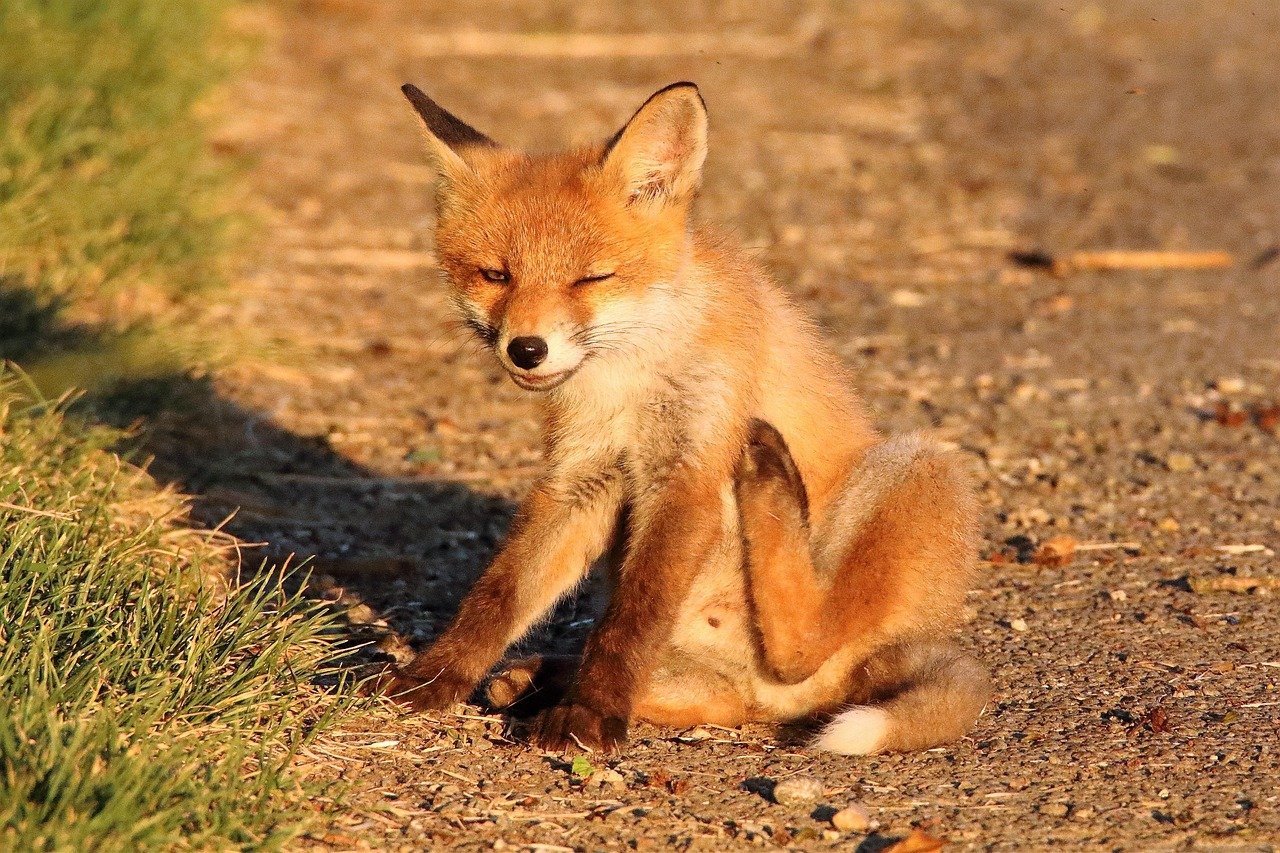
A slow blink from your cat is more than a lazy eyelid movement—it’s a heartfelt message. When cats feel safe and relaxed around someone, they often close their eyes slowly, then look back up. This “kitty kiss” is a sign of ultimate trust and affection, rarely extended to just anyone. Animal behaviorists say that slow blinking is a universal cat sign for “I feel comfortable and safe with you.” If you return a slow blink, you might notice your cat doing it again, building a secret language of love between you. It’s a subtle yet powerful way for your cat to say, “I see you, and I trust you.”
Personalized Vocalizations

Have you ever noticed your cat meowing in a tone or pitch that seems unique when they’re talking to you? Cats develop special vocal patterns just for their favorite humans. While cats rarely “talk” to each other with meows, they reserve this form of communication for people, especially their chosen one. Each meow, trill, or chirp might mean something specific—a greeting, a request, or even an “I missed you.” Over time, you and your cat might develop a rhythm, with your cat responding to your voice in ways that no one else inspires. This is your exclusive conversation, a dialogue that deepens your emotional bond.
Following You Everywhere
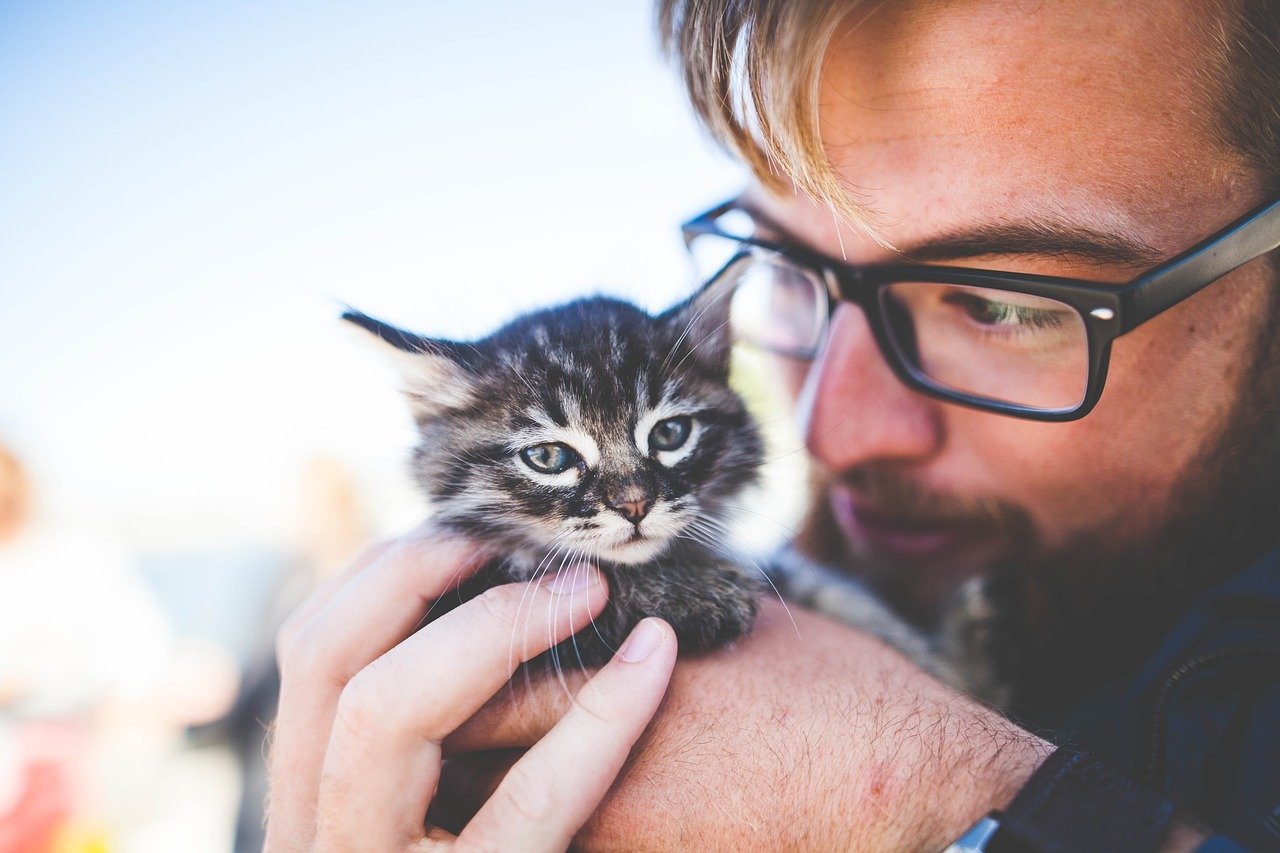
It’s one thing for a cat to enjoy your company, but it’s another for them to shadow your every step. If your cat follows you from room to room, it’s not just curiosity—it’s a powerful expression of attachment. This behavior is called “shadowing,” and it’s a sign that your cat feels safest and happiest when they’re near you. They might sit by the bathroom door, curl up under your desk, or simply walk beside you as you move through the house. This isn’t something cats do for just anyone, but rather, a behavior reserved for their most trusted companion. It’s their silent way of saying, “I want to be wherever you are.”
Gentle Kneading Rituals

“Kneading” is a behavior cats carry from kittenhood, when they pressed their paws into their mother’s belly for comfort. When your cat kneads on your lap, it’s an emotional throwback to that safe, nurturing place. They’re telling you, in the language of paws, that you are their source of comfort and security. This is not a random action—it’s a deeply emotional gesture that’s rarely shared with strangers or even other pets. Sometimes, your cat will purr while kneading, which adds another layer of contentment. If your cat performs this ritual on you, it’s a sure sign you’re their chosen family.
Protective Behavior

It might sound surprising, but cats can become fiercely protective of their favorite person. If a stranger enters your home or an unfamiliar animal appears, you may notice your cat placing themselves between you and the “threat.” Sometimes, this shows up as vigilant stares, a defensive posture, or even a warning hiss. This reaction isn’t just territorial—it’s emotionally charged, rooted in their bond with you. While dogs are known for their protectiveness, cats can exhibit this behavior in subtle yet meaningful ways. It’s a rare display of loyalty, showing that your cat sees you as someone worth guarding.
Happy Greetings at the Door
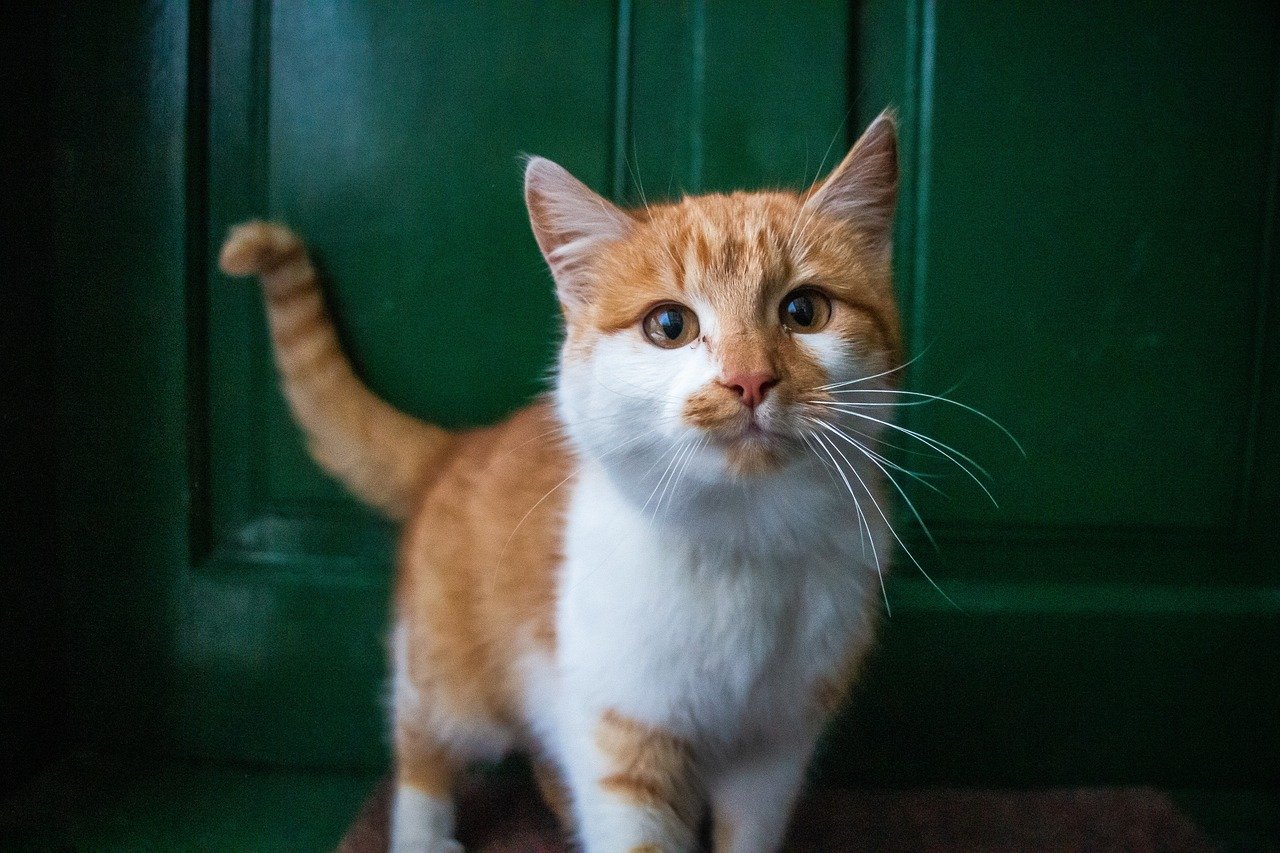
After a long day away, there’s nothing quite like being greeted by your cat at the door. Unlike the aloof stereotype, many cats will rush to meet their person as soon as they hear familiar footsteps. This greeting can include excited meows, tail quivers, and even playful rolls on the floor. Your cat’s enthusiasm is a genuine emotional reaction, showing how much they missed you. This isn’t a greeting they give to everyone—it’s a special ritual reserved just for you. Each homecoming becomes a little celebration of your unique bond.
Unique Play Invitations

Cats don’t just play with anyone—they choose their playmates carefully. If your cat brings you their favorite toy or initiates a game of chase, it’s a sign of deep trust and affection. Sometimes, they’ll even invent games that only you two understand, like batting a certain object back and forth or hiding in a specific spot to surprise you. These playful invitations are emotional gifts, ways your cat expresses joy and wants to share it with their special person. Play becomes a private language, reinforcing your connection in fun and memorable ways.
Displaying Their Belly
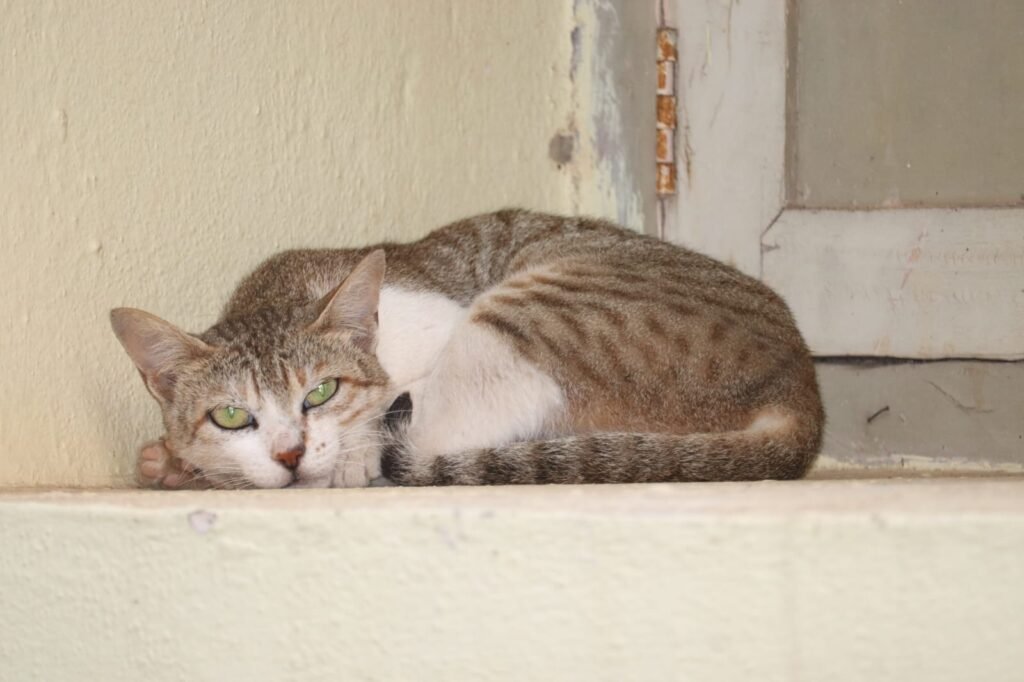
A cat’s belly is one of their most vulnerable spots, so exposing it is a massive sign of trust. When your cat rolls onto their back and shows you their stomach, it’s an emotional gesture that says, “I feel completely safe with you.” This isn’t an invitation for everyone—many cats will only show their belly to their chosen person. It’s a sign your cat feels relaxed and secure in your presence, and it’s an emotional compliment you should never take for granted.
Sharing Their Favorite Spots

Cats are creatures of habit, and they often have favorite places to nap or watch the world go by. If your cat invites you into these spaces—maybe curling up next to you on a sunny windowsill or sharing their favorite blanket—it’s a meaningful gesture. They’re letting you into their inner world, saying, “This is my safe spot, and I want you here with me.” This sharing of territory is a deep emotional reaction, reserved only for those they trust the most.
Bringing “Gifts” to Their Person

As strange as it sounds, when your cat drops a toy, a sock, or (for outdoor cats) even a caught mouse at your feet, they’re expressing a unique kind of love. This behavior is rooted in instinct, but emotionally, it’s a way for your cat to share something valuable with you. They might not do this for anyone else in the household. It’s their way of saying, “I care about you so much, I want to give you something special.” While the “gift” may not always be appealing, the sentiment behind it is genuine and heartfelt.
Comforting You When You’re Sad

Many cat owners report that their feline friends seem to sense when they’re feeling low. Cats can pick up on subtle changes in your mood, and will often respond by snuggling closer, purring softly, or simply staying by your side. This empathetic behavior isn’t given to everyone—it’s reserved for their person. In these moments, your cat becomes a silent comforter, offering emotional support in their gentle, unspoken way. It’s a touching reminder of the deep bond you share.
Subtle Grooming Gestures
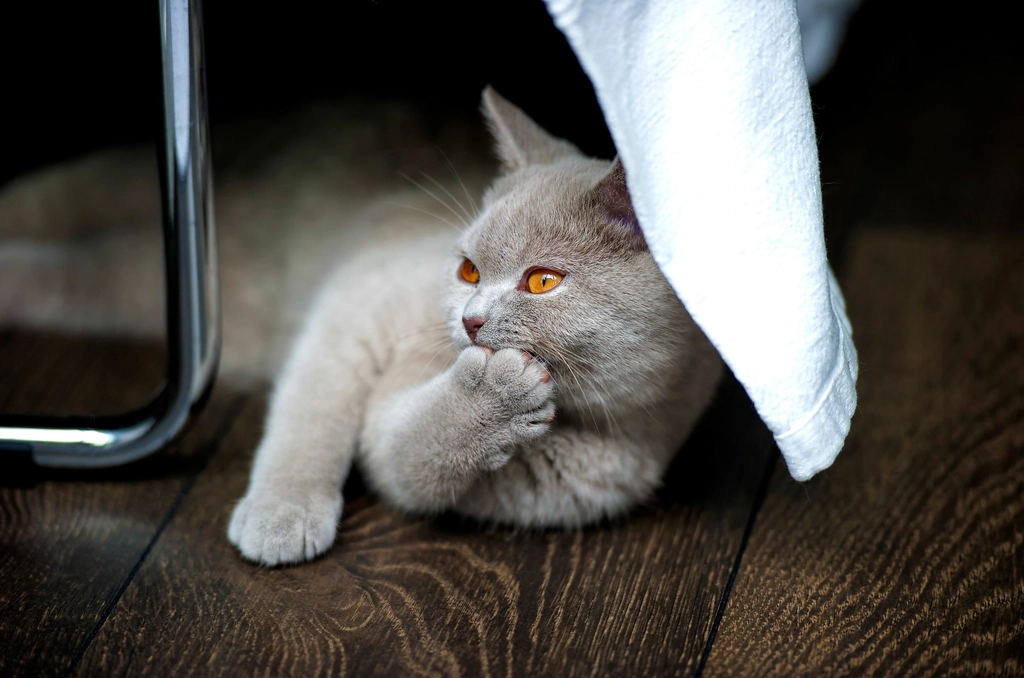
Cats groom themselves for comfort, but when they start licking your hand, arm, or even your hair, it’s an intimate act of affection. This grooming is a behavior they reserve for those they consider family. Through these gentle licks, your cat is saying, “You’re part of my clan.” It’s a soothing, nurturing gesture that strengthens your emotional connection. If your cat grooms you, it means they feel an extraordinary level of trust and love.
Snuggling on Your Chest or Lap
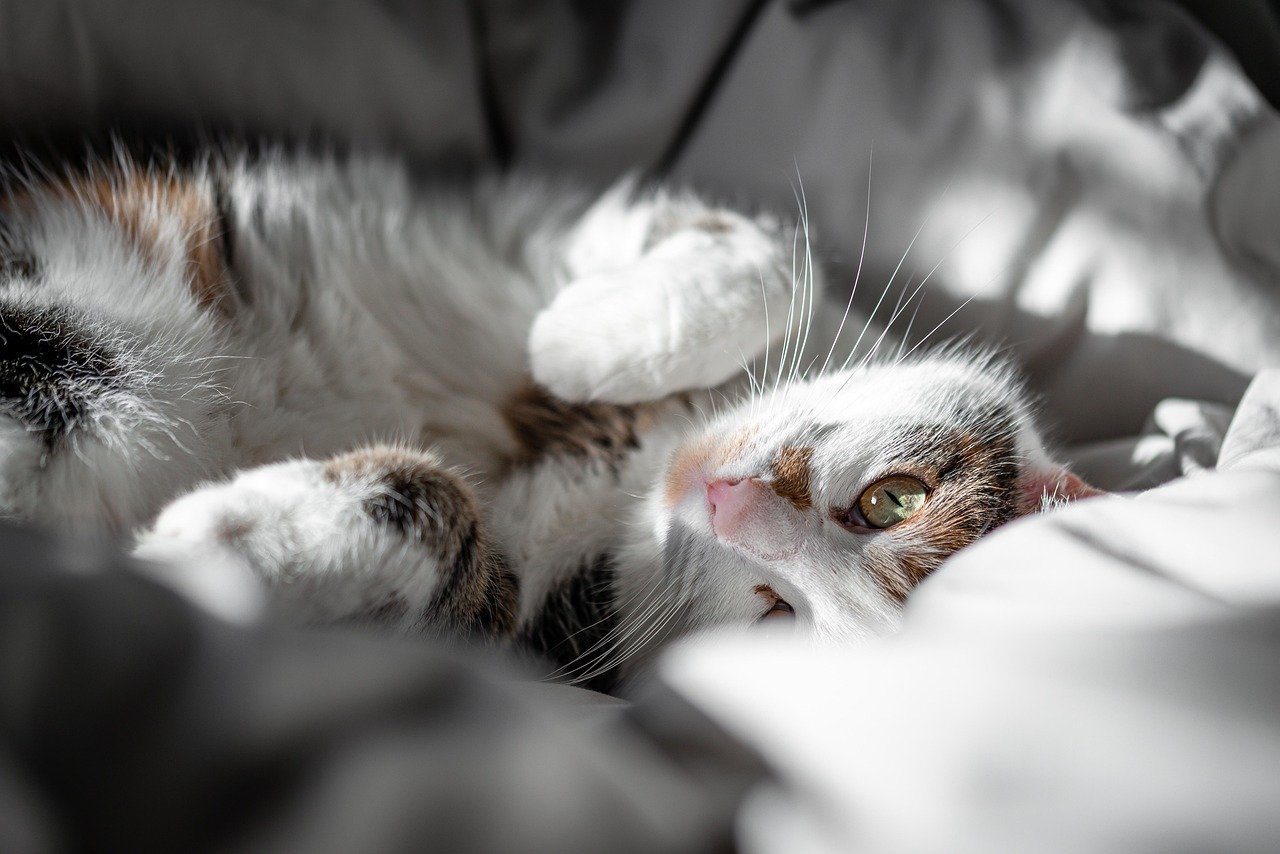
When your cat chooses your chest or lap as their resting spot, it’s an emotional statement of closeness. The sound of your heartbeat and the warmth of your body provide comfort and security. Unlike sleeping in a random spot, this choice is intentional and deeply personal. Your cat trusts you enough to let their guard down completely, making your lap their safe haven. This snuggle session is a silent but powerful declaration of love.
Staring at You Intently

A long, steady gaze from your cat can feel both mysterious and intense. While some people might find it unsettling, this is actually an emotional reaction that cats reserve for their person. They’re not challenging you; they’re observing you, soaking in your presence, and sometimes even communicating affection. This eye contact is a nonverbal way to strengthen your bond. It’s as if your cat is saying, “I see you, and I want you to know I’m here.”
Sleeping Near You at Night

Where your cat chooses to sleep says a lot about how they feel. If they curl up on your bed, next to your pillow, or even at your feet, it’s a sign of deep trust and attachment. Nighttime is when cats are most vulnerable, so choosing you as their sleep companion is an emotional declaration. They find safety and comfort in your presence, making you their chosen protector while they rest. This nightly ritual is reserved for their most trusted human.
Purring Just for You
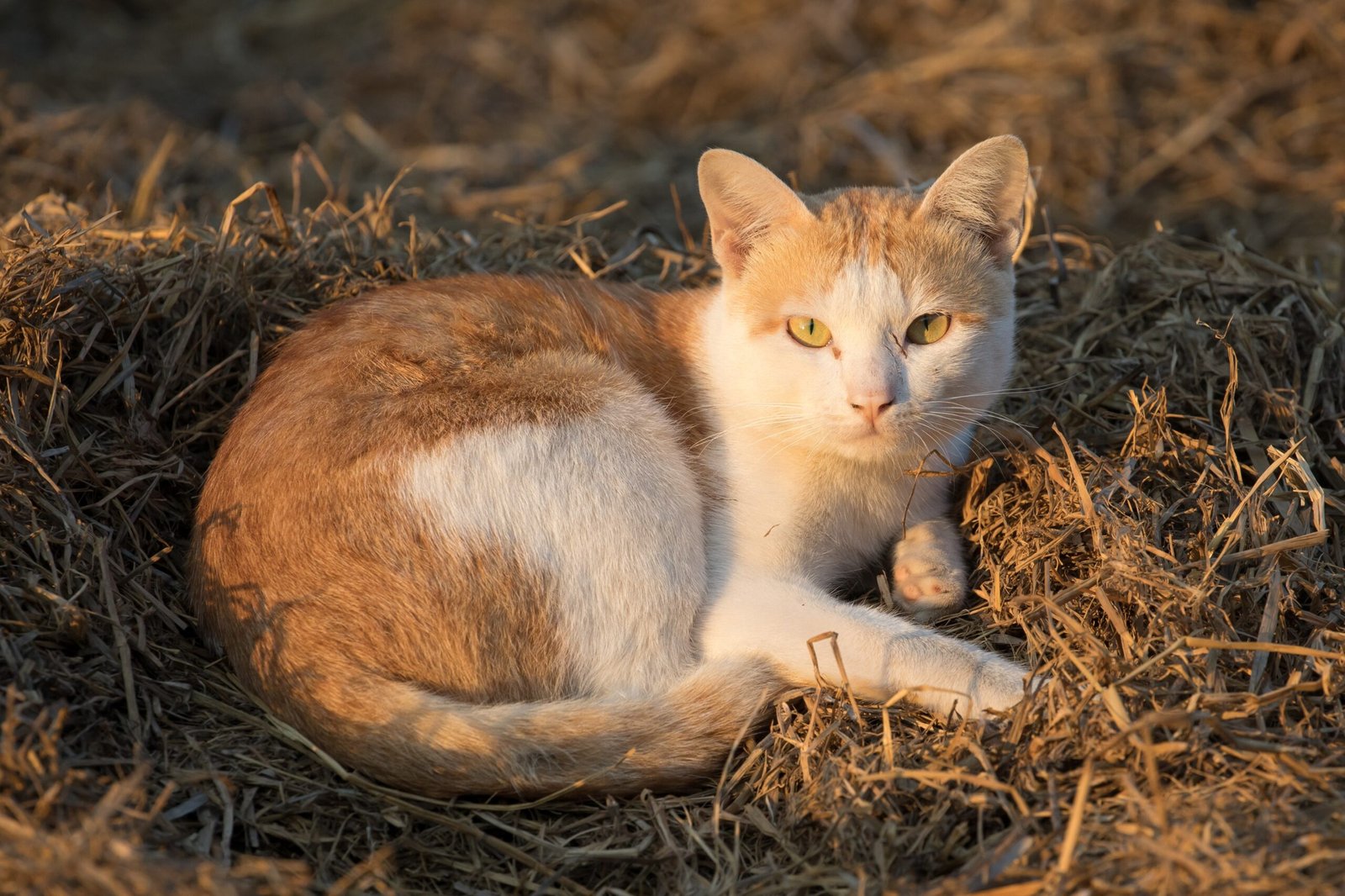
Cats purr for many reasons, but the purr they reserve for their person is different. It’s often deeper, longer, and more resonant. This special purr can have a calming effect, soothing both you and your cat. It’s a sound filled with emotion, a physical manifestation of their happiness and contentment when they’re with you. If you notice your cat purring louder or more often in your presence, know that it’s a heartfelt reaction meant just for you.
Responding to Your Voice

Some cats seem to light up when they hear their person’s voice. They might perk up, meow back, or come running from another room. This response is a clear emotional reaction, showing that your voice brings them comfort and joy. Cats have an amazing ability to distinguish their person’s voice from others, and their unique reaction is a sign of their deep attachment. It’s a reminder that, to your cat, you’re not just another human—you’re their human.
Seeking Reassurance During Stress
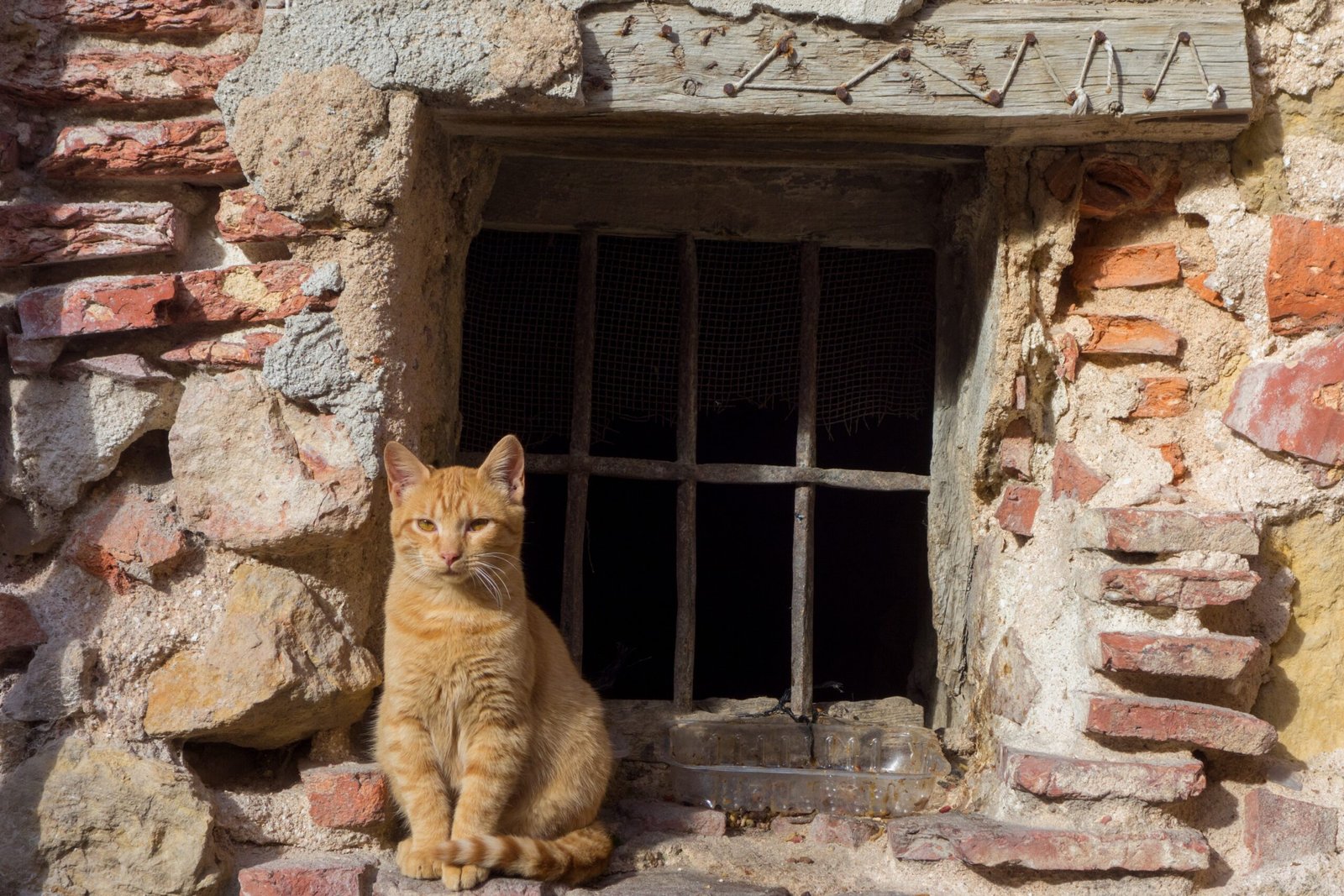
During thunderstorms, fireworks, or other stressful moments, cats often seek out their person for comfort. They might hide under your arm, tuck themselves beside you, or simply stay close until the danger passes. This behavior is an emotional reaction rooted in trust—they know you’ll keep them safe. It’s a vulnerable moment that reveals just how much your cat relies on you for security. The next time your cat comes to you during a storm, remember that you’re their safe harbor.
Mirroring Your Emotions

You might be surprised to learn that cats can pick up on and mirror your emotions. If you’re relaxed, your cat may lounge nearby; if you’re anxious, they might act more alert or clingy. This emotional mirroring is subtle but powerful, showing that your moods and feelings influence your cat’s behavior. It’s a silent, empathetic connection that deepens the bond between you and your feline friend. Over time, this shared emotional rhythm becomes a unique language only you and your cat truly understand.
Hi, I’m Bola, a passionate writer and creative strategist with a knack for crafting compelling content that educates, inspires, and connects. Over the years, I’ve honed my skills across various writing fields, including content creation, copywriting, online course development, and video scriptwriting.
When I’m not at my desk, you’ll find me exploring new ideas, reading books, or brainstorming creative ways to solve challenges. I believe that words have the power to transform, and I’m here to help you leverage that power for success.
Thanks for stopping by, Keep coming to this website to checkout new articles form me. You’d always love it!

